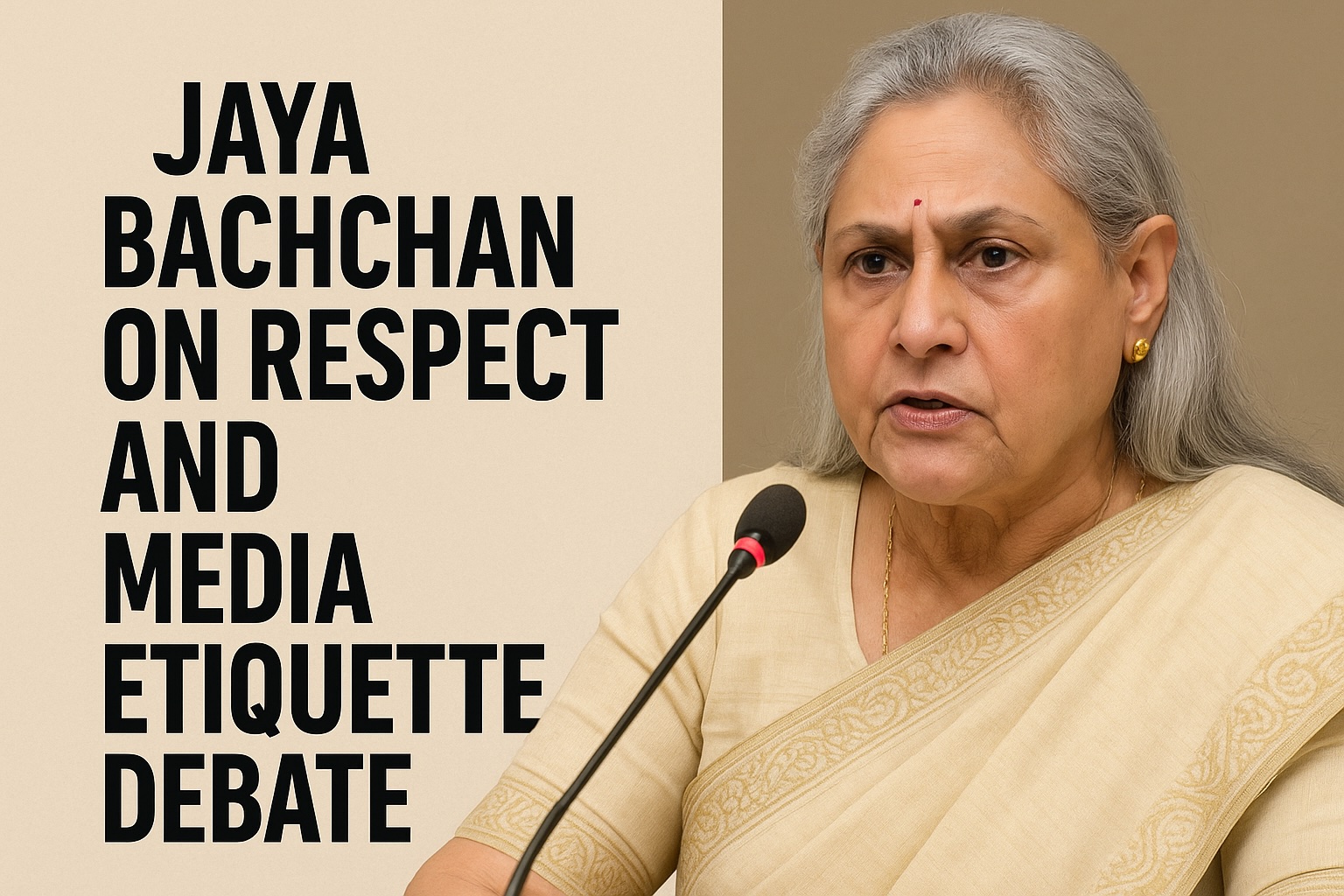MUMBAI: The Cable & Satellite Broadcasting Association of Asia (CASBAA) has released new data on Asian Satellite demand to coincide with the annual CASBAA Satellite Industry Forum in Singapore on 15 June.
The "Video in Demand" Asian satellite services report, released exclusively for CASBAA members, shows a 9% market growth in 2008/2009 with some 1,370 transponders currently in use across the region. This was the highest growth rate reported over the last eight years by CASBAA and partner Euroconsult of France. Despite some high regulatory barriers, several markets have been particularly dynamic in terms of capacity requirements, including India, China and Indonesia.
While the growth cycle has been partially challenged by economic uncertainty, the impact on Asian satellite services has been relatively limited, with video broadcasting the primary growth engine. Indeed, the growth in TV broadcasting transponder demand increased from 25% in 2003 to 37% in 2008.
In recent years, the growth has been focused on direct-to-home (DTH) TV broadcasting in emerging markets, particularly India.
However, regionally from 2002 – 2008, the number of DTH platforms in Asia increased from just 13 to 28 platforms. The number of TV channels broadcast on DTH platforms soared from 925 to just below 2,600 at Y/E.
While India remains the fastest growing market, now with more than 11 million DTH subscribers, nine Asian other countries now have more than 500,000 DTH connections.
Nevertheless, an oversupply of Asian capacity is still a structural challenge. The fill rate has only recently reached 60% for the first time last year and is still below a world average of around 70%. This reflects the sustained competition between satellite operators, "but shows there is still terrific up-side for our region. The total number of satellites in operation over the region was just over 80 in 2008," said CASBAA CEO Simon Twiston Davies.
"The fact is that restrictive regulations in many Asian countries continue to constrain the market. But de-regulation, like digitization, is an inexorable force that is presenting commercial enterprises, as well as consumers, with ever greater choice than ever. And it is choice that is driving demand," he added.




